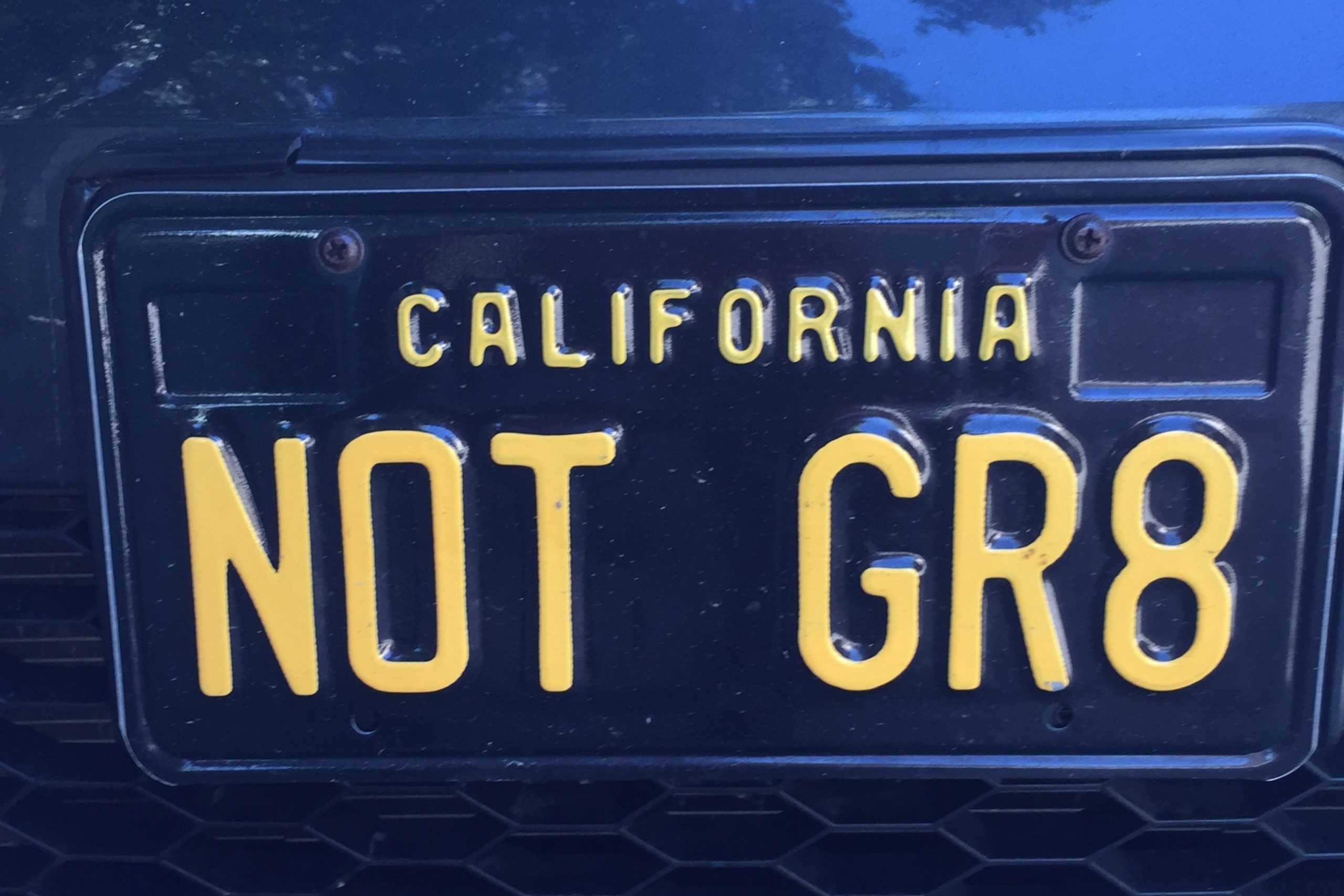Master Chef vs. Line Cook: How Do You Prepare Your Nonprofit Fundraising Plan?
I learned something many decades ago that I’ve never forgotten.
When I learned this, it made me very happy.
You see, I was transitioning from an unhappy, short-lived career in law and wasn’t really sure about my next chapter. Nonprofit work intrigued me, but… was it really a discipline or just something folks “winged?” How would I know I could be successful?
There weren’t a lot of role models around at the time, and I really didn’t know any other fundraisers. And there certainly were no articles to “google” online!
So, I enrolled in a week-long course offered by The Fundraising School, then led by founder Hank Rosso (who I call the “Daddy of Fundraising”), which is now part of the Lilly Family School of Philanthropy at Indiana University.
What a revelation! My eyes were opened to the very nature of fundraising. And the essential pre-conditions for fundraising success.
Details

 I’ve taken to including a series of “DO’s” and “DON’Ts” for all sorts of fundraising and nonprofit marketing messages over the past several years. My purpose is not to shame anyone, but simply to provide educational moments offering example-based food for thought as you craft your own appeals, thank you’s, reports and more.
I’ve taken to including a series of “DO’s” and “DON’Ts” for all sorts of fundraising and nonprofit marketing messages over the past several years. My purpose is not to shame anyone, but simply to provide educational moments offering example-based food for thought as you craft your own appeals, thank you’s, reports and more.
 In
In